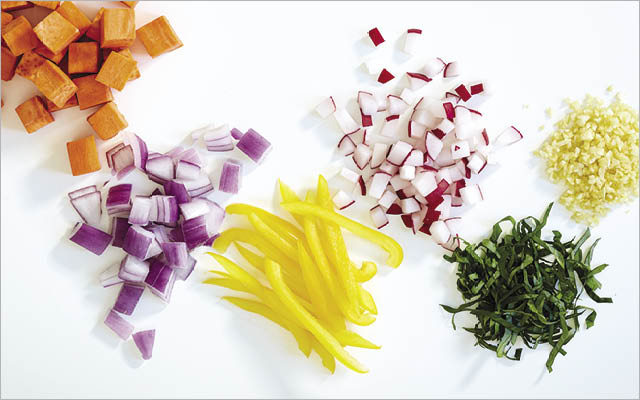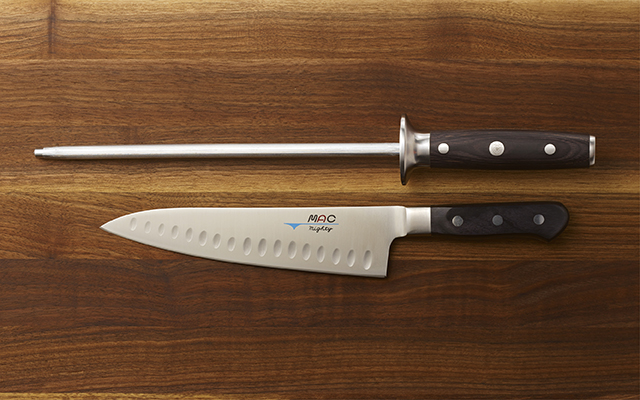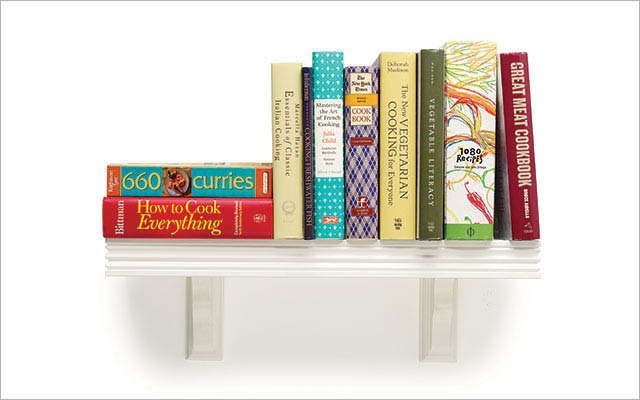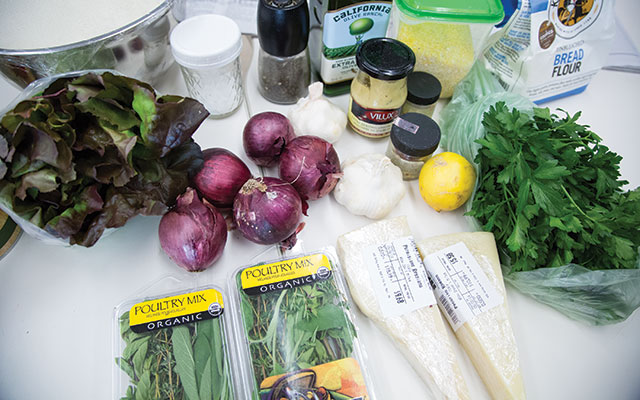For the unseasoned home cook, recipe jargon can be a bit puzzling. Have you ever wondered how small you should chop a carrot or felt confused about the difference between dicing and mincing? This guide demystifies six of the most common knife cuts, so you can approach your next kitchen project with confidence.
When in doubt, try imagining the finished dish as you’re prepping; that should give you a sense of how big or small you’d like the pieces to be. And be sure to sharpen and hone your knives regularly to reduce the risk of cutting your finger instead of the onions. (For advice on how to hone your knives, see “How to Hone Your Knives.”)
Chiffonade: Ideal for cutting flat-leaf herbs like basil into fine ribbons. Stack the leaves, roll lengthwise, and cut across the roll into narrow strips.
Chop: Cut into smallish, squarish pieces; uniformity is not important.
Cube: An informal term for cutting food into more or less bite-sized pieces.
Dice: Produces uniform-size pieces for even cooking. A small dice is 1/4 inch; medium is 1/2 inch; large is 3/4 inch.
Julienne: Cut veggies or fruits into long, thin, matchstick-like strips.
Mince: The smallest cut, mincing is common with garlic and other pungent ingredients you want to permeate the whole dish. Try to mince to 1/8-inch pieces or smaller.
This originally appeared as “Choice Cuts” in the May 2019 print issue of Experience Life.




This Post Has 0 Comments